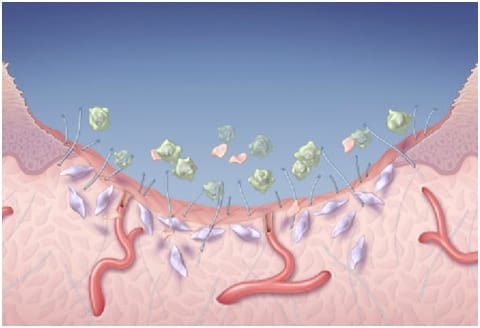Many different types of injury, and also surgical incisions, result in damage to the skin. The body is usually capable of closing these wounds spontaneously to restore the original functions of its protective covering as quickly as possible.
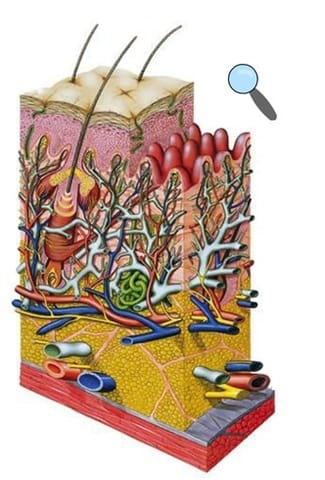
A wound is generally defined as a pathological state in which tissues are separated from each other and/or destroyed. This event is associated with a loss of substance and impairment of function.
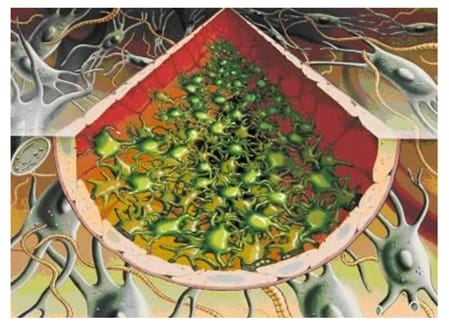
A wound is only likely to heal when the right cellular and molecular mechanisms are in place to promote the healing process. Chronic wounds are less likely to heal, even with sophisticated wound management products, if the wound bed is not prepared properly.
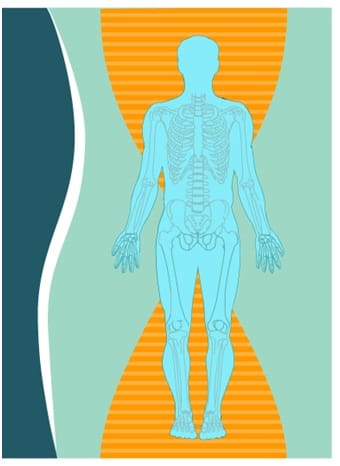
When assessing a patient with a wound it is tempting to focus on the wound. However it is vital that general patient health issues, which affect healing, and the underlying pathology causing the wound are addressed.
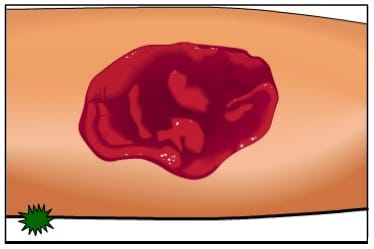
Accurate assessment is the key to effective leg ulcer management. Chronic venous insufficiency, diabetic complications and arterial insufficiency are responsible for over 90% of leg ulcers.
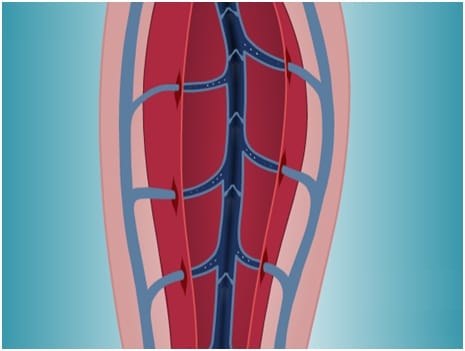
For patients, pressure ulcers cause great pain and suffering, decreasing quality of life. Infections, secondary to pressure ulcers, are associated with increased morbidity - and even mortality - in bed-bound individuals.
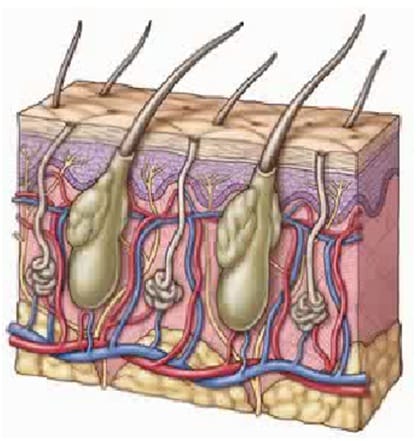
This module of the Global Wound Academy explores the epidemiology, pathophysiology, assessment and management of the diabetic foot ulcer (DFU).
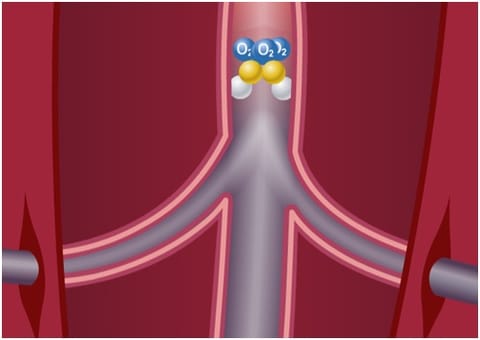
This module of the Global Wound Academy explores the history, background, science and decision-making issues involved in dressing selection.
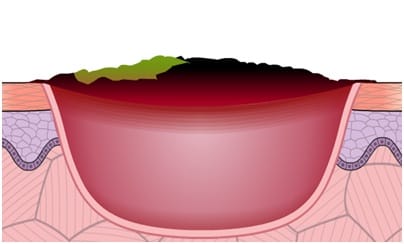
Throughout the history of wound management people have struggled to understand and define the concept of wound infection. The results of wound infection were observed long before the causes were identified, and at times some of the symptoms of wound infection were believed to be a sign of healing.
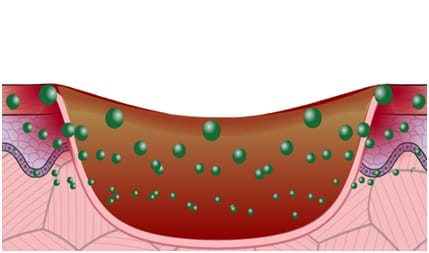
With increasingly cost-conscious healthcare systems, crowded with wound dressings that are not always easily differentiated, it is becoming imperative to understand the basics of Health Economics in order to use these types of studies as another valuable tool for our daily decision-making processes.
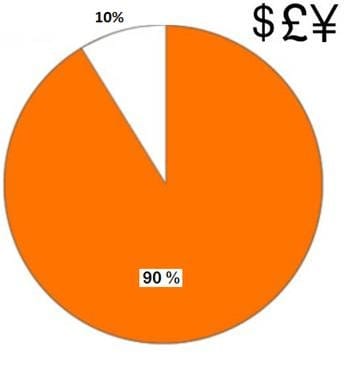
A burn is one of the most devastating injuries that can be sustained by the body. It has direct impact on the skin, indirectly affects the microcirculation, blood and lungs and can have major physical and psychological consequences for the burn victim and his or her family.
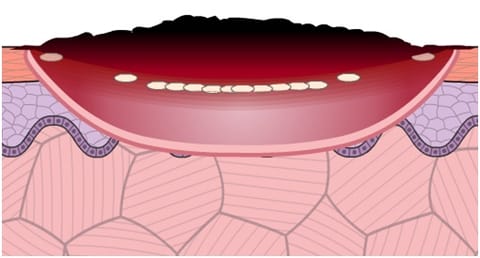
The word collagen means ‘glue producer’. It is derived from the Greek word Kolla, which means glue, and is an appropriate name for two reasons. First, because collagen has been used to make glue for thousands of years; and second because one of the main functions of collagen is to glue (or hold) the human body together.
